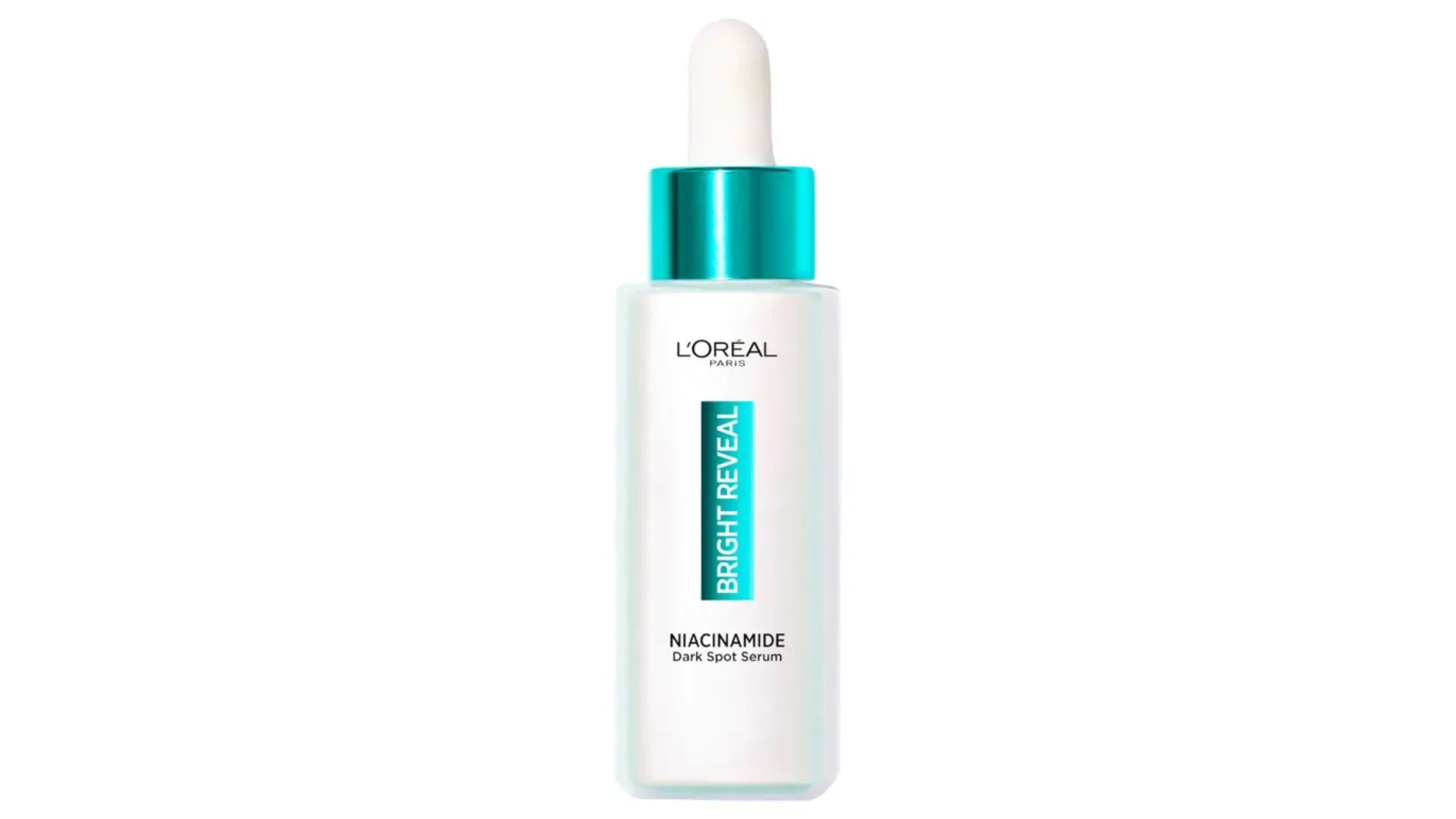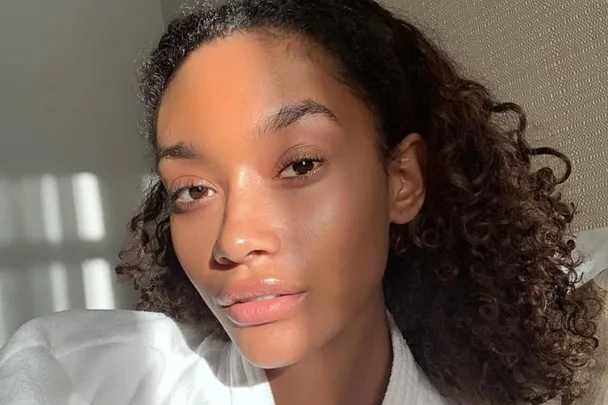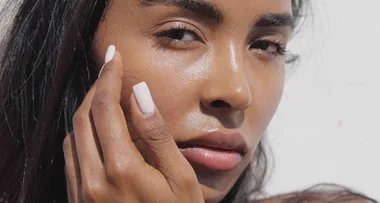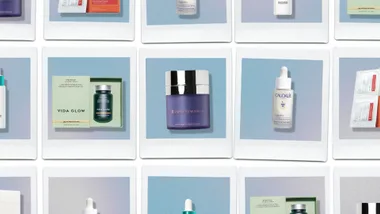Ever wondered why those pesky pigmentation spots are cropping up on your cheeks, nose or décolletage? From acne marks that won’t go away, to age spots and dark patches, pigmentation is a common skin gripe, especially here in Australia.
To find out everything we need to know about pigmentation, we ask Richard Betts, Scientific Director at L’Oréal Paris and creator of Melasyl, a new molecule that helps brighten up skin, about the cause of pigmentation, why it crops up and how to help get back skin uniformity.
Can you give us a rundown on what causes pigmentation?
Melanocyte are specialised cells that sit in our skin. They get signals to produce more melanin, which then then pass onto skin cells called keratinocytes. These cells store the melanin inside them. Now, biologically, melanin is very important because it’s there to protect our DNA from being damaged by UV. The issue is when skin produces too much melanin. That’s when we start to see excess melanin spreading into the surrounding skin cells, creating a dark spot.
You were instrumental in creating new ingredient Melasyl, which helps lessen the look of pigmentation. Can you tell us how it works?
Melasyl is a molecule that captures excess melanin. It helps to reduce the amount of melanin in the skin, which in turn reduces the excess darkness. This helps the dark spot to becomes less obvious and more consistent with the surrounding skin.
It took 18 years to create Melasyl. That sounds like a lot of work. What was the process?
We started researching pigmentation and understanding more about dark spots 18 years ago. It sounds like a long time but actually, when you think about what had to be done, it wasn’t that long. We started with 100,000 molecules, and we worked systematically to find the best molecule [to work on the issue of pigmentation].
We screened absolutely everything; some of them will look promising at the start so we pull them out, and test again – and again. Each step of the way, the tests get more sophisticated. There are many steps and so many molecules get eliminated for reasons such as safety, scarcity, cost and environmental. There are so many blind alleys you go down. Even the ones that look promising, end up not working on skin, or we already have something that works as well. The last step is testing on people.
Melasyl is found in L’Oreal Paris Bright Reveal Niacinamide Dark Spot Serum. Can you tell us what else is in this brightening product?
We worked out that Melacyl works well on preventing melanin from accumulating into dark spots. So we said, “ok, this is good, what else can we do?” We added niacinamide, which has an anti inflammatory effect and also helps reduce the spread of that melanin into the skin. We also added glycolic acid has a gentle exfoliating effect. This helps remove some of that excess melanin on the surface of the skin. All three ingredients means you’re hitting various steps along the line of what is ultimately perceived as the dark spot.

L’Oreal Paris Bright Reveal Niacinamide Dark Spot Serum, $59.99 at Adore Beauty
What else can we do to prevent dark spots apart from using Melasyl to treat pigmentation?
When talking about uneven skin tone and dark spots, you need to prevent the stimulus of that production. And a major stimulus in the production of pigmentation is UV. Ultraviolet light may not necessarily be the cause of your pigmentation issue, but it will almost always make it worse. If you have an acne mark, or an age spot, UV will stimulate the melanocytes, increase the production of melanin. So that’s why you always want to make sure you’ve got UVA and UVB protection in the form of broad spectrum sunscreen.
How often should we use Bright Reveal serum?
My recommendation is always what we do for the clinical studies – that is how we’ve optimised to get the best results. So I would recommend twice a day, after cleansing followed by moisturiser. No matter what your skin type, especially in Australia, I always recommend a good moisturiser, with ingredients such as glycerin or hyaluronic acid. If you have dry skin, a moisturiser with ceramides may be appropriate. But whatever your skin type, you want to make sure our skin is hydrated. Then follow with sunscreen. Sunscreen is super, super important when dealing with pigmentation.
Related articles:
- The Best Treatments For Face Pigmentation, According To A Dermatologist
- Glow And Tell: The 6 Things Our Beauty Director Does To Clear Up Pigmentation
- This Is What Happens To Your Skin When You Don’t Wear SPF Daily



